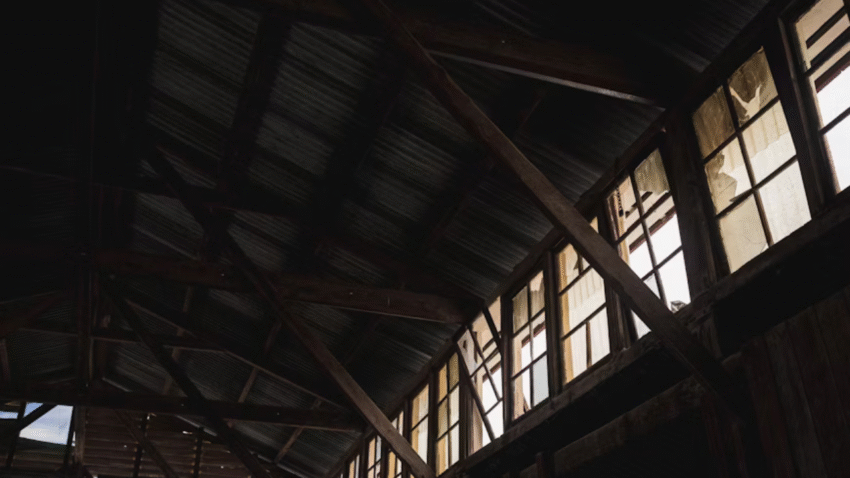Introduction
Your shed often stores valuable tools, equipment, and bikes—making it an easy target for thieves. A weak lock can be broken in seconds, leaving your belongings vulnerable. Choosing the right lock is one of the simplest and most effective ways to improve shed security. This guide will show you exactly how to choose the best shed locks, so you can protect your shed and gain peace of mind.
Why Choosing the Right Lock Matters
Not all locks are created equal. Many standard shed locks are flimsy and can be cut with basic tools. The best locks are strong, weather‑resistant, and difficult to tamper with. A high‑quality lock acts as both a deterrent and a barrier, making it far less likely that thieves will target your shed. Investing in a good lock also extends the life of your shed by preventing break‑ins that can damage doors and frames.
Step‑by‑Step Guide to Choosing the Best Shed Locks
1. Understand the Main Lock Types
Before buying, it’s important to know your options:
- Padlocks: Available in various sizes, they can be used with a hasp and staple. Look for closed‑shackle padlocks, which are harder to cut.
- Disc Locks: Round, compact, and highly resistant to bolt cutters. Great for outdoor use.
- Hasp and Staple Locks: Require a padlock and are ideal for shed doors with overlapping panels.
- Deadbolts: Offer strong protection but require drilling and installation.
- Combination Locks: Convenient but less secure than keyed options.
2. Check Lock Material and Strength
Look for locks made from hardened steel or boron‑alloy steel. These materials are resistant to cutting and sawing. Avoid cheap aluminum locks that can be easily broken.
3. Consider Weather Resistance
Outdoor locks are exposed to rain, wind, and extreme temperatures. Choose locks labeled as weather‑resistant or rust‑proof to prevent jamming and corrosion. Stainless steel or brass locks are good options for humid or coastal environments.
4. Choose the Right Size
The lock should fit snugly on the hasp or latch. A lock that’s too small may be weak, while an oversized lock may not fit properly.
5. Pair the Lock with a Strong Hasp and Staples
Even the best padlock is useless if it’s attached to a flimsy hasp. Use heavy‑duty hasps with concealed screws or bolts, making it harder for thieves to remove the hardware.
6. Decide Between Keyed or Combination Locks
- Keyed Locks: More secure, harder to crack, but keys can be lost.
- Combination Locks: Convenient, no key required, but less tamper‑resistant.
For maximum security, choose a keyed lock with a unique keyway.
7. Look for Added Security Features
Some locks have features like anti‑pick pins, shrouded shackles, or double‑locking mechanisms. These make the lock far more difficult to tamper with.
8. Test the Lock Before Installation
Check how easily the lock opens and closes, ensuring it’s smooth but firm. Test it with gloves—especially if you’ll be using it in cold weather.
9. Use Multiple Locks for High‑Value Sheds
If your shed stores expensive tools or bikes, consider using two different locks for added security. Thieves are less likely to spend time breaking through multiple barriers.
10. Maintain Your Lock Regularly
Lubricate the lock with graphite or silicone spray every few months to keep it from rusting or sticking.
Common Mistakes to Avoid
❌ Choosing the Cheapest Lock
Cheap locks can be cut or picked in seconds.
✅ Solution: Invest in a hardened steel lock from a trusted brand.
❌ Ignoring the Hasp and Staple
A strong lock is useless on a weak hasp.
✅ Solution: Upgrade to a heavy‑duty hasp with hidden screws or bolts.
❌ Using Indoor Locks Outdoors
Indoor locks will rust and fail quickly in the elements.
✅ Solution: Always choose weather‑resistant locks for outdoor sheds.
❌ Relying on One Security Measure
A single lock may not be enough for valuable sheds.
✅ Solution: Use additional measures like alarms, lighting, or internal locks.
❌ Forgetting Maintenance
Locks exposed to weather can jam or corrode.
✅ Solution: Regularly clean and lubricate locks to keep them functioning.
Extra Shed Tips & Hacks
- Install motion‑sensor lighting near your shed to deter intruders.
- Use a second internal lock or chain for expensive tools and bikes.
- Mark your tools with an engraver or UV pen to deter theft and aid recovery.
- For more shed security advice, read our guide on how to secure your shed against theft.
Conclusion
Choosing the best shed lock is one of the simplest ways to protect your valuables. Look for hardened steel, weather‑resistant locks paired with strong hasps and concealed screws. A quality lock, combined with other security measures, greatly reduces the risk of theft. Invest in security now, and you’ll save yourself the cost and frustration of replacing stolen tools later.
